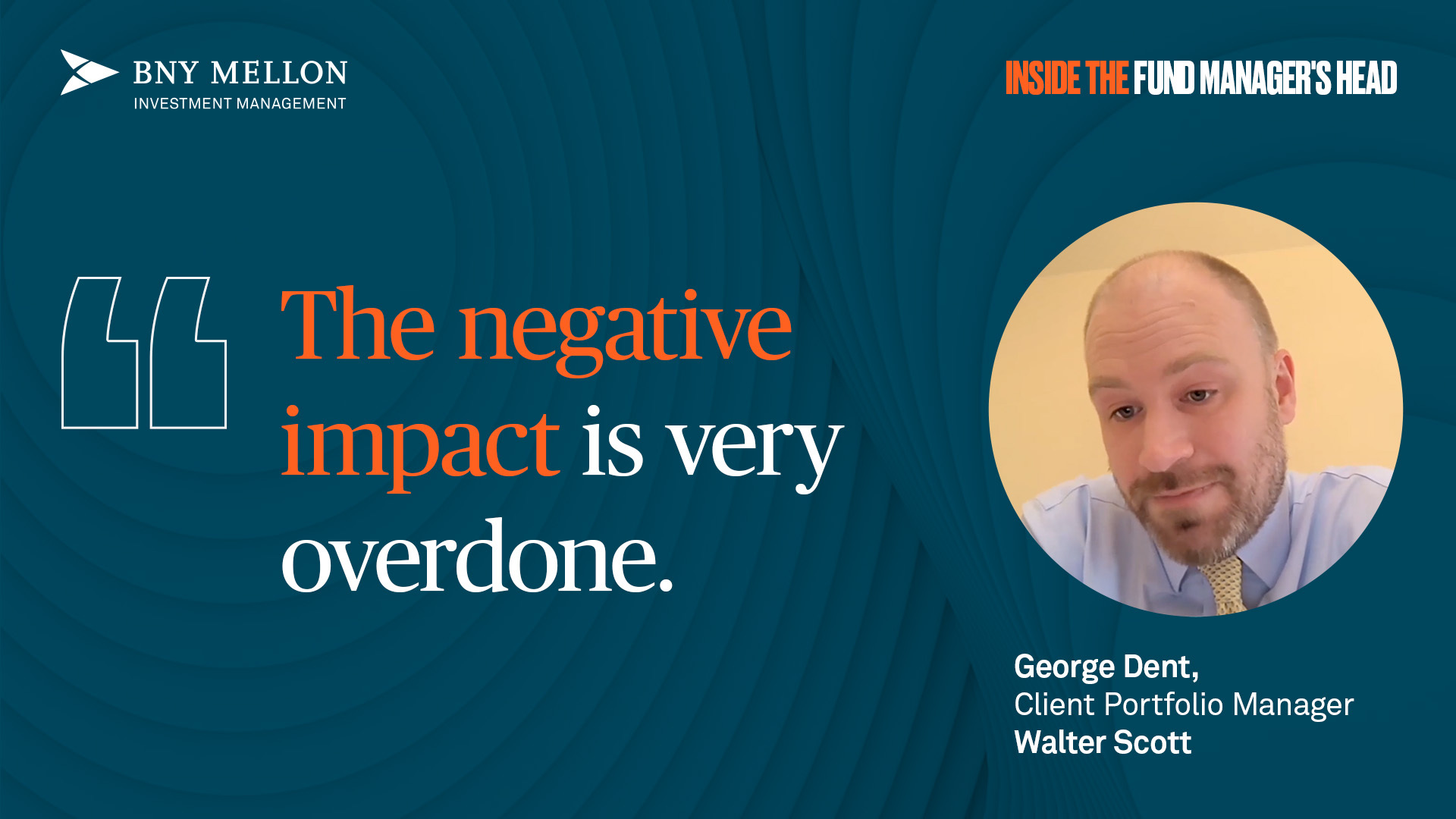Investors should be more aware of not holding funds “all facing in the same direction”, according to Liontrust head of multi-asset John Husselbee, who says a few underperforming strategies in a portfolio can make a huge difference to long-term returns when the unexpected happens.
Nobody expects the unexpected, especially when it comes to investing – which is ironic since it happens with startling regularity.
Husselbee, who runs 10 risk-targeted portfolios for Liontrust, says an important lesson that investors often do not learn is to ensure different funds “face different directions” and favour varying markets conditions.
“I am not afraid of sometimes holding out of favour managers: I am more afraid of chasing returns in something you're behind. Over the longer term we have always been wary of using managers who are doing the same thing. In our analysis we always want to see whether there is commonality among funds’ performance,” he said.
“Like building a football team, we are looking for fund managers who either play on one wing or the other or tend to be attackers or defenders. It is very, very rare that you can come across a manager who is there for all seasons and do it year-in and year-out.”
“If you look at all successful fund managers who have been outperforming for five years on the trot you can be fooled, [as] it is just partly a period where things have gone their way and most investment styles typically last from anywhere from two years to five years. In between all that it is just trading really.”
Husselbee says many investors forget that whatever stock picking or bond trading skill they have, all fund managers – even some of the best known names – go through periods where you’d be better placed with other strategies, even if they are run by less skilled managers.
For example, a portfolio equally split between star manager Neil Woodford’s former Invesco Perpetual Income and Invesco Perpetual High Income funds over 10 years would have returned a decent amount compared to the FTSE All Share.
Performance of portfolio and index over 10 years

Source: FE Analytics
However, with his quality and defensive bias Woodford has not always beat the market. In the strongly rebounding markets of 2009 and 2010, the funds were bottom quartile of the IA UK Equity Income sector.
If you were to add in another fund but with a different bias, higher returns could have been achieved over the same period. The graph below shows the impact when Unicorn UK Income, which invests in more small and mid-caps than Woodford’s funds, is added to the portfolio on an equally weighted basis.
Performance of portfolios and index over 10 years

Source: FE Analytics
The fund, which was managed by John McClure for most of the period in question, was one of the worst performers in the sector in 2008 and 2007, with losses of 32.76 per cent and 10.42 per cent due to his style being out of heavily out of favour.
Husselbee said: “Woodford is a classic example – you go through periods where he underperforms for a considerable amount of time. He has a style and approach but importantly he explained that to his investors and they understood [in leaner years].”
“That is one of the challenges star managers have: they never want to say sell my fund but perhaps to some extent there are times in the cycle when they should say ‘we're going to have rough patch and do what you will’.”
Husselbee says this lesson for portfolio construction is particularly apt at the moment as he thinks there will be a ‘big shake out’ in the near term as markets fret over rising interest rates.
“The big deal in the market is not China, not Greece, it is when the lift-off happens and that has been the case since at least 2013 when the taper tantrum first started. You have been looking to position your portfolio for lift-off ever since then. Two and half years in the making and it should be in the next month or so but who knows!” he said.
“In the environment we have been in, it means that – generally speaking – you wanted to be in equities and you wanted to reduce your bond exposure and put some of that money into cash. The trouble with that is cash has also been manipulated as it has been suppressed by QE.”
“The capital preservation characteristics cash has had in the past don't exist today so you have been looking at ways of alternative capital growth, alternative income and alternative capital preservation.”
The manager says he has been continuing to hold large cap equity exposure but has also increasingly looked for alternatives with low correlation to equities in anticipation of greater volatility.
“One of the main areas we have looked at is absolute return or hedge funds. My definition of an absolute return fund is a strategy that is lowly correlated, not necessarily uncorrelated to traditional asset classes.”
“In the environment we are in, because where cash is and where bonds are, you should be looking for alternatives for growth and income.”
“When lift-off happens we will have an opportunity to top up equities but in the meantime when we are travelling towards that, long/short funds such as Sanditon are good because volatility will increase which will help returns.”






